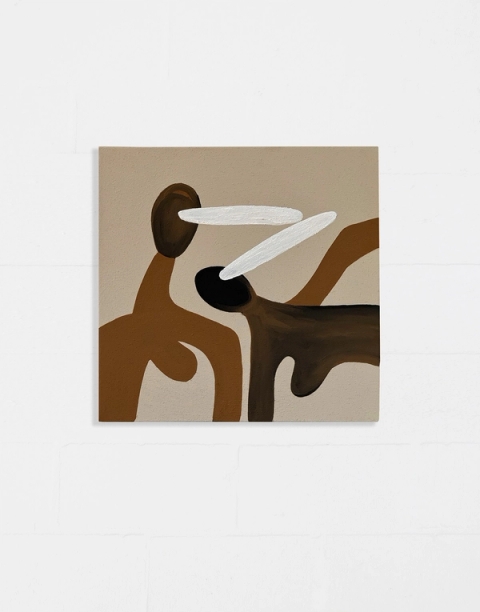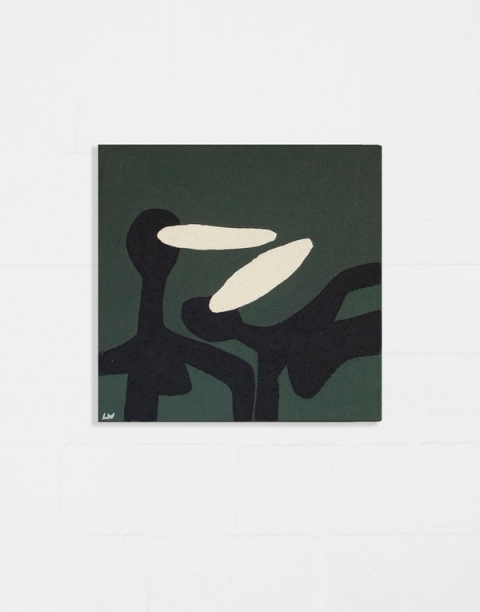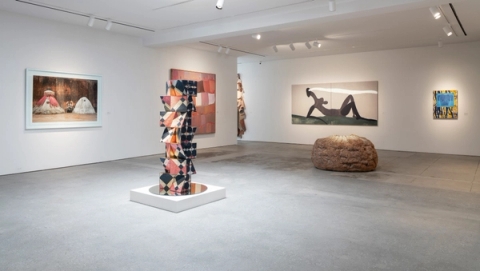My Enquiry (0)
No artwork has been selected.
Please choose an artwork to enquire.
Enquiry Submitted
Thank you for your enquiry and interest in our artists’ work. A member of the gallery team will respond shortly.
000%
13 September - 9 November 2024
Southern Guild Los Angeles is pleased to present signifying the impossible song, an expansive group exhibition curated by Lindsey Raymond and Jana Terblanche bringing together work across diverse media by 17 artists .
Featured artists include Sanford Biggers (USA), Kamyar Bineshtarigh (Iran/South Africa), Patrick Bongoy (DRC), Ange Dakouo (Mali), Bonolo Kavula (South Africa), Nthabiseng Kekana (South Africa), Roméo Mivekannin (Ivory Coast/France), Turiya Magadlela (South Africa), Nandipha Mntambo (Eswatini/South Africa), Zanele Muholi (South Africa), Oluseye (Nigeria/Canada), Zohra Opoku (Germany/Ghana), Zizipho Poswa (South Africa), Usha Seejarim (South Africa), Inga Somdyala (South Africa), Moffat Takadiwa (Zimbabwe) and Lulama Wolf (South Africa).
signifying the impossible song explores the material culture of objects and the protected knowledges they hold. Encompassing mixed-media artworks, found objects, assemblage, photography, sculpture and painting, the exhibition points to the collective unravelling and structural failings of political systems. There are multiple forces in effect – integration and disintegration, defiance and displacement – the cyclical rhythm suggesting the human project as an ongoing process of fabrication and refabrication.
Raymond and Terblanche ask:
“How do you signify an impossible song? What does it mean for choral harmony to be discordant, laboured, flailing? As Carl Adamshick writes in his poem Our Flag, from which the exhibition’s title is drawn, ‘Our flag should be a veil’. How else does one speak to war, famine, inequality, ecological ruin, gender and race injustice, and othering? This is the real – unfathomable, incomplete, endless. Artists and cultural workers graciously assume the perpetual task of representation within an increasingly divisive and violent world. No history, anthology, or census is complete. Similarly, no artistic mission is either.”
Representation in art is a form of order, of “organising the world and reality through the act of naming its elements[1]”. An artist’s intuition – the impulse to weave thread into fabric, to extract clay or flora from the ground to shape anew, or to collect and alter materials found across space and time – touches a fundamental human urge to transmute our immediate surroundings to make sense of both present and past.
Conceptual artist Sanford Biggers investigates the conventions of representation, interrupting historical narratives by juxtaposing recognisable cultural symbols. The exhibition includes works from his Chimera and Codex series, which although distinct in their visual, formal and conceptual languages, both probe the physical and symbolic origins of myth. Biggers reimagines remnants from the past – Classical marble sculptures, traditional African masks and antique American quilts – to call into question their attendant meanings, metaphors and associations.
While Biggers conceptualises through vast media exploration, Bonolo Kavula hones in on a singular, culturally resonant material: traditional shweshwe cloth, inspired by a dress of her mother’s, now a family heirloom. Kavula’s near-translucent tapestries are built from tiny cloth discs connected by thread at mathematical intervals into ghostly geometric grids. These abstract meditations, shaped by repeated gestures of care and preservation, are embedded with collective histories of culture and ancestry.
Within the material worlds that each artist in signifying the impossible song experiences, there are invented worlds that emerge. These are based on real events – personal and collective memories of democracy, nationalism, civil protest, social movements, socio-cultural norms, material cultures, language and writing systems – as well as on fictional scenarios, drawing on and reimagining folklore, mythologies, dreams and utopias.
In Inga Somdyala’s re-interpretation of a failed political covenant, two contending South African flags representing the old and new political orders are resurrected, yet they curve (or slump, wounded) onto the floor. Together, their colours make up South Africa’s post-1994 national flag – a hopeful, albeit fraught symbol of a unified ‘rainbow nation’ – speaking to what Somdyala describes as the “whimpering conclusion to the Apartheid struggle, where a negotiated peace among the political and economic elite fails to dismantle the fundamentally racist structures within South African society”.
In Oluseye’s Hot Commodity series, totems of vertically stacked vending machines containing perceived signifiers of Blackness interrogate the facile engagement with Black culture as mere commodity. The work brings together a range of items and ideas associated with Black people – hair, black-eyed peas, music, cotton and a fictional ‘Black Magic’ detergent – to confront the appropriation and commercialisation of Blackness and Black people in popular culture and the industrial complex.
The human need to collect items of spiritual, sentimental and cultural resonance, and surround ourselves with these for comfort and identity-assurance, arises in the materiality of Patrick Bongoy, Ange Dakouo, Turiya Magadlela, Usha Seejarim and Moffat Takadiwa.
Assembled materials and objects come into being through the collation of many disparate elements; they remind us that the whole is made up of what was once fragmented. In this way, signifying the impossible song is interested in substrates, the under-layers, what lies beneath and between our perceptions and interactions. Seejarim’s Receptible is one such example of this: grass brooms are layered in circular rows to create the form of a pot, conflating the modes of basket-weaving and clay coiling. Abundant and hut-like, her vessel simultaneously evokes African and African-American customs of ‘jumping over the broom’: a marital ritual implementing the new wife’s role to perform service through household labour. The mundane broom transforms into a signifier of projected femininity, domesticity and subservience.
The bitter irony of Africa’s natural wealth is engrained in the repurposed materials of Bongoy, Dakouo and Takadiwa. Employed en masse, the detritus of daily life is recirculated into a commentary on the complexities of post-colonial economies forced to put subsistence over ecological preservation. Rubber scraps, toothbrushes, pens, newsprint – their wall reliefs are made from the hangover of past injustices, yet the skillful intervention of the hand exemplifies the ongoing process of rearticulating and rebuilding across the Global South.
Towards the end of Adamshick’s poem, the utopian ideal of a unanimous flag has deteriorated. Instead of being an overarching emblem, this flag has been eclipsed by the process of consensus-building itself – open-ended, imperfect, ongoing:
“Let it be the eloquence
of the process shining
on the page, a beacon
on the edge of a continent.
Let its warnings be dismissed.
Let it be insignificant
and let its insignificance shine.”
___________________________________________
[1] Mitchell, W. 1995, Representation, F Lentricchia & T McLaughlin (eds), Critical Terms for Literary Study, 2nd edn, University of Chicago Press, Chicago.
Artists
Sanford Biggers
- Kamyar Bineshtarigh
- Patrick Bongoy
Ange Dakouo
Bonolo Kavula
Nthabiseng Kekana
Turiya Magadlela
Roméo Mivekannin
- Nandipha Mntambo
- Zanele Muholi
- Oluseye
Zohra Opoku
- Zizipho Poswa
Usha Seejarim
Inga Somdyala
Moffat Takadiwa
Lulama Wolf
Works
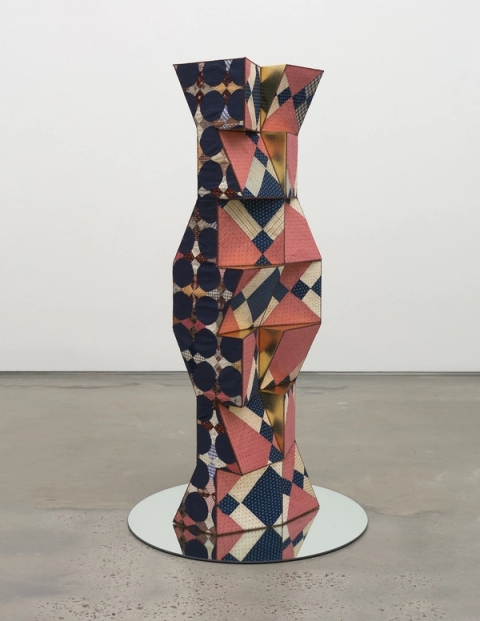
Sanford Biggers
Sugar Sell the Pie, 2023Antique quilts, wood, gold leaf, mirror
63.4 x 18.3 x 12.5 in. | 161 x 46.4 x 31.8 cm
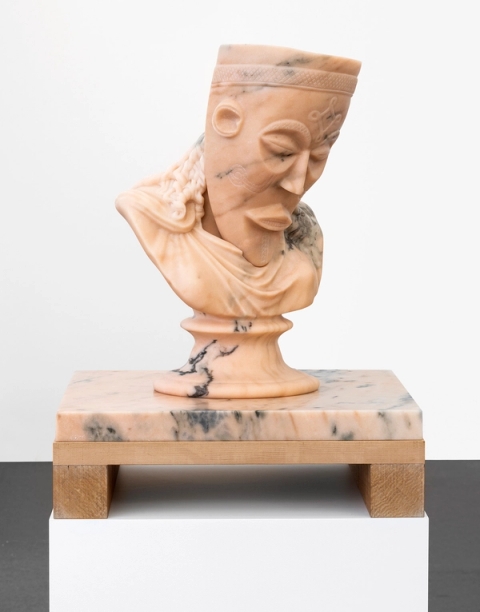
Sanford Biggers
The Cantor, 2022Pink Portugal marble, cedar, birch plywood, steel
66.3 x 24.5 x 24.5 in. | 168.3 x 62.2 x 62.2 cm
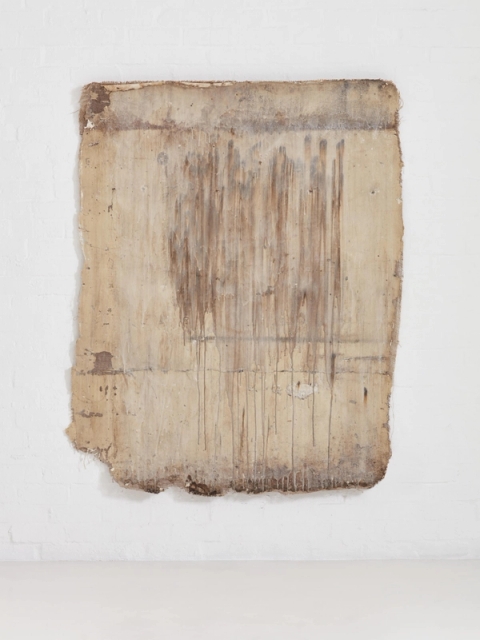
Kamyar Bineshtarigh
Factory Wall VIII, 2022Wall paint, ink, bleach, cold glue on hessian backing
72.8 x 55.1 in. | 185 x 140 cm
Sold

Patrick Bongoy
CY15, 2023Recycled rubber inner tube, silicone, found objects, wire on board
68.9 x 78.7 x 4 in. | 175 x 180 x 10 cm
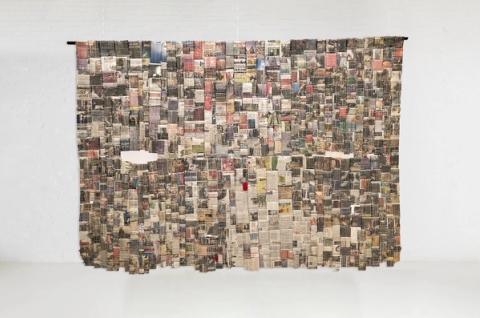
Ange Dakouo
Edifice, 2019Cardboard, newspaper, cotton thread, acrylic
78.7 x 118.1 in. | 200 x 300 cm
Sold
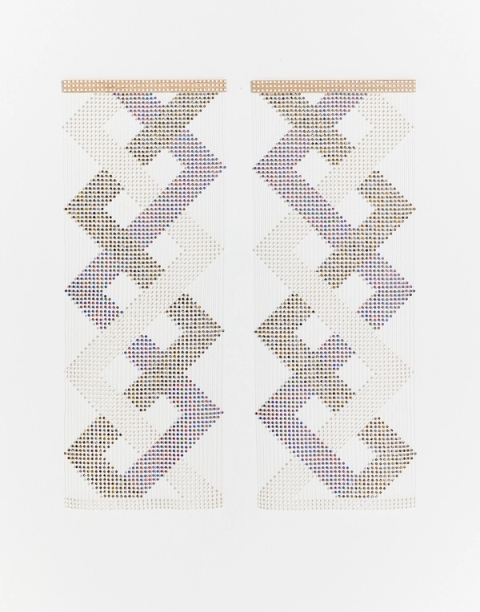
Bonolo Kavula
wander, 2024Punched Shweshwe, thread, oak
40.9 x 15.4 x 0.4 in. | 104 x 39 x 1 cm
Sold
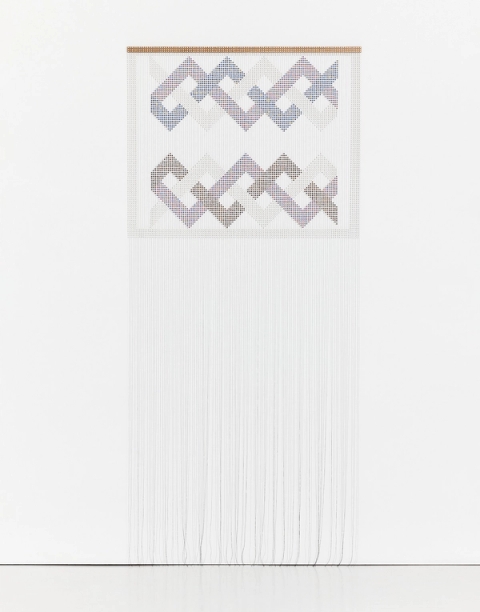
Bonolo Kavula
paradigm shift, 2024Punched Shweshwe, thread, oak
99.6 x 47.6 x 0.4 in. | 253 x 121 x 1 cm
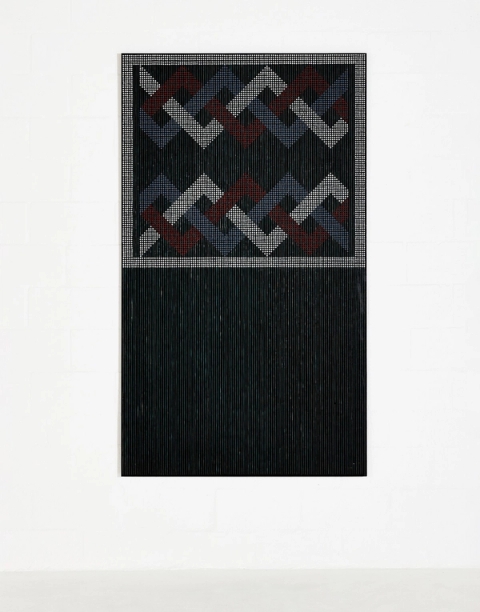
Bonolo Kavula
tender concrete, 2024Indian ink, acrylic on wood relief carving
78.7 x 45.7 x 1.6 in. | 200 x 116 x 4 cm
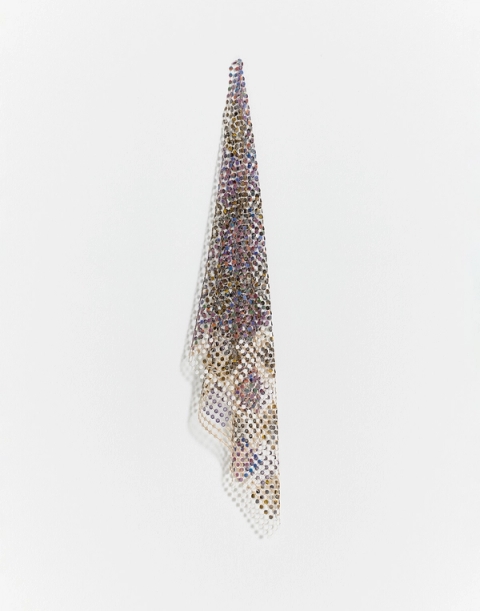
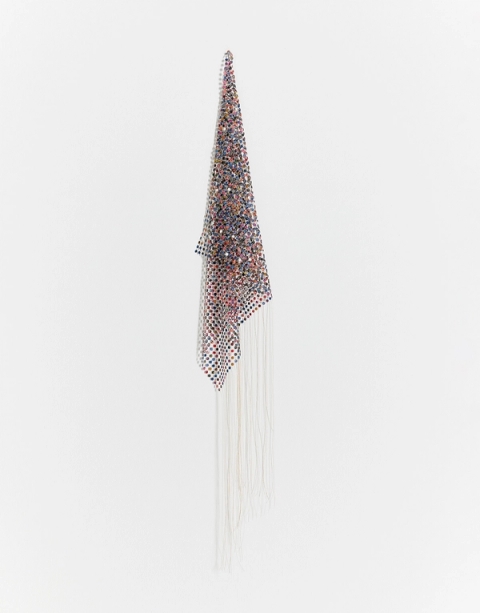
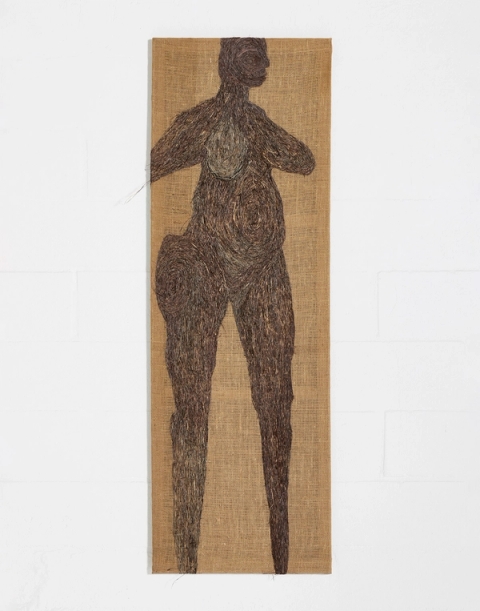
Nthabiseng Kekana
Nomkhubulwane (The Great Mother), 2024Raffia on burlap
61.4 x 21.3 x 2 in. | 156 x 54 x 5 cm
Sold
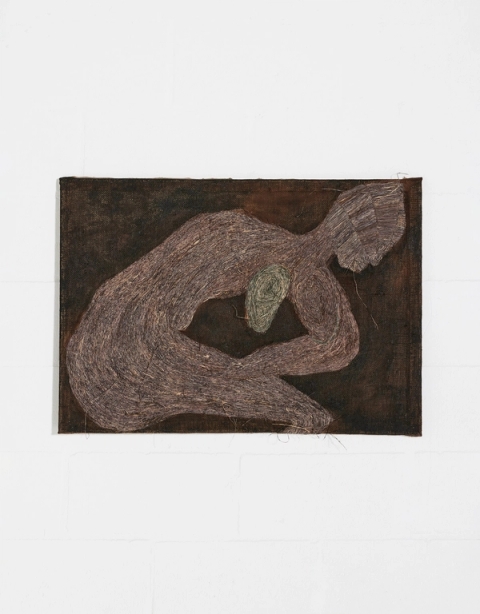
Nthabiseng Kekana
Matebele I, 2024Oil, acrylic, raffia on burlap
34.3 x 24.6 x 2 in. | 87 x 62.5 x 5 cm
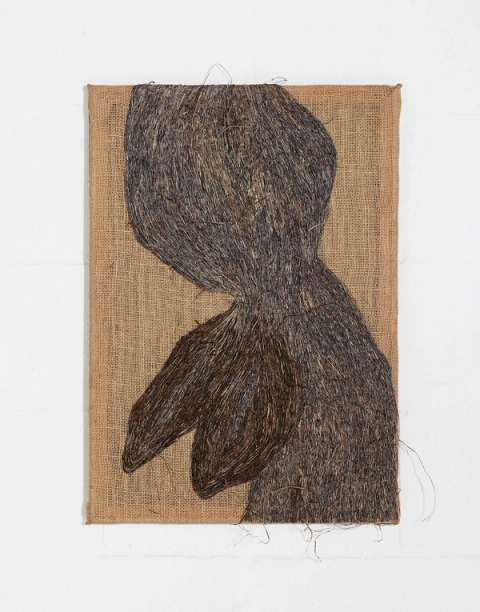
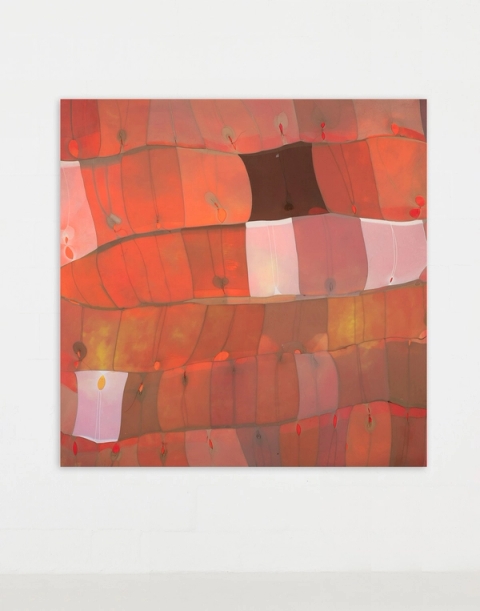
Turiya Magadlela
Mpilo Tutu I (Igazi Emlomeni Series), 2023Polyester and lycra pantyhose, acrylic on canvas
78.7 x 78.7 in. | 200 x 200 cm
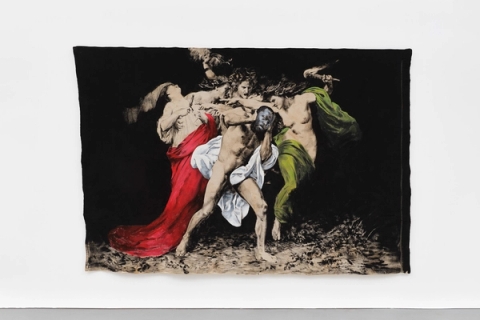
Roméo Mivekannin
Bouguereau (The Myth of Orestes), 2022Acrylic, elixir baths on canvas
94.5 x 137.8 in. | 240 x 350 cm
Sold

Nandipha Mntambo
Dan VII, 2021Photographic print on cotton rag paper
50.4 x 70 in. | 128 x 178 cm
Edition 3 of 5
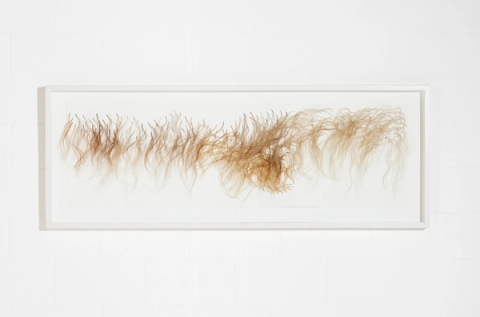
Nandipha Mntambo
Quiet Acts of Affection XIX, Part 2, 2014Cow hair on cotton paper
24.8 x 66.9 in. | 63 x 170 cm
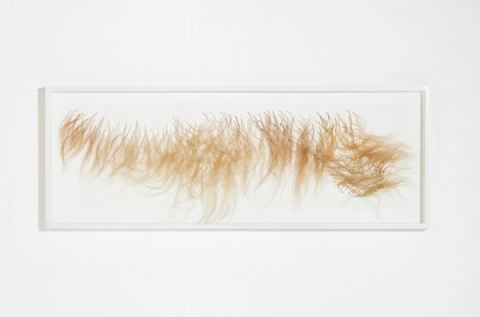
Nandipha Mntambo
Quiet Acts of Affection XIX, Part 3, 2014Cow hair on cotton paper
24.8 x 66.9 in. | 63 x 170 cm
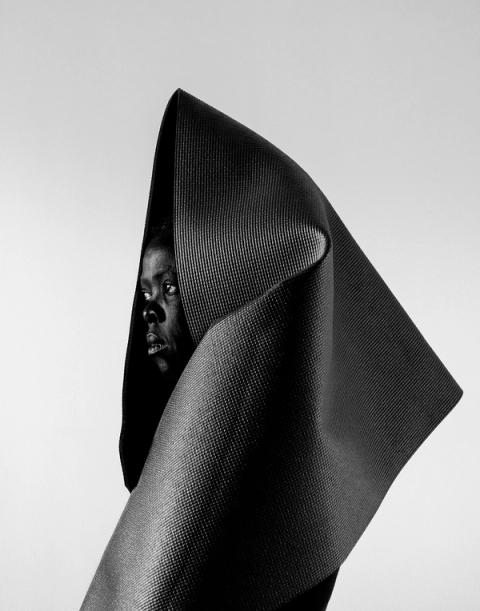
Zanele Muholi
Fika I, Highpoint I, London, 2024Baryta print mounted under Diasec
Image and framed size: 55.1 x 43.3 in. | 140 x 110 cm
Edition of 8, 2AP
![‘All the magic, all the words said against me, may the gods stand against [them], the Ennead all together, these gods of theirs all together.’ [Extract from chapter 23: Spell for ‘Opening the mouth’/ An Ancient Egyptian Book of the Dead/ The Papyrus of Sobekmose], 2024 - Zohra Opoku](https://cdn.sanity.io/images/33elzic6/production/4efbe6f9492e18c8655515e5c55fa7950f0e9086-1431x1828.jpg?auto=format&q=100&w=480)
Zohra Opoku
‘All the magic, all the words said against me, may the gods stand against [them], the Ennead all together, these gods of theirs all together.’ [Extract from chapter 23: Spell for ‘Opening the mouth’/ An Ancient Egyptian Book of the Dead/ The Papyrus of Sobekmose], 2024Screenprint on velvet, cotton, thread
33 x 24.8 in. | 84 x 63 cm

Zizipho Poswa
Fang Ndom, Cameroon, 2022Glazed earthenware, bronze
35 x 44.1 x 43.3 in. | 89 x 112 x 110 cm
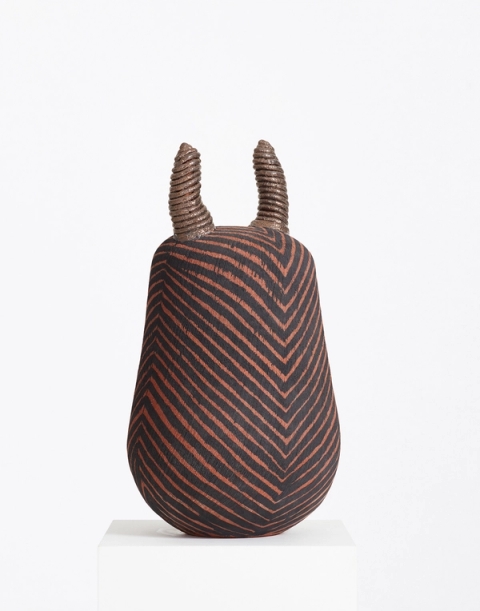

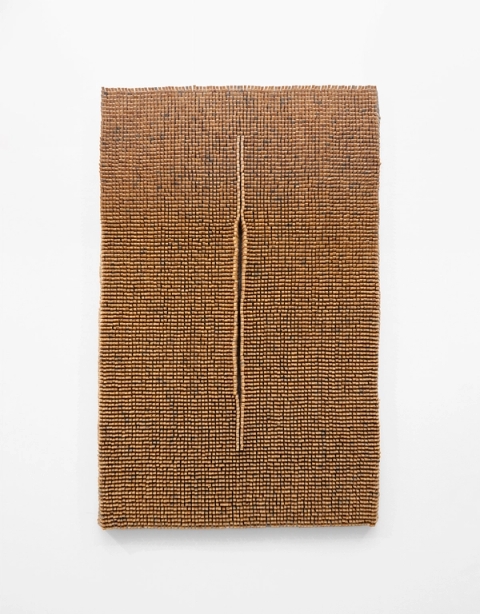
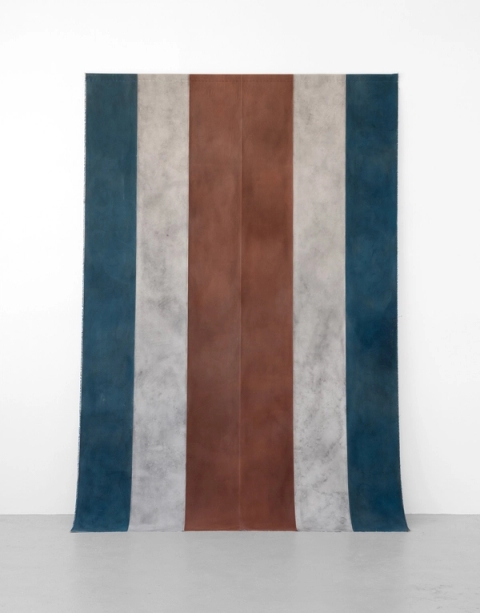
Inga Somdyala
Chronicle of a Death Foretold IV, 2023Soil, ash, chalk, oxide on canvas
110.9 x 70.9 in. | 280 x 180 cm
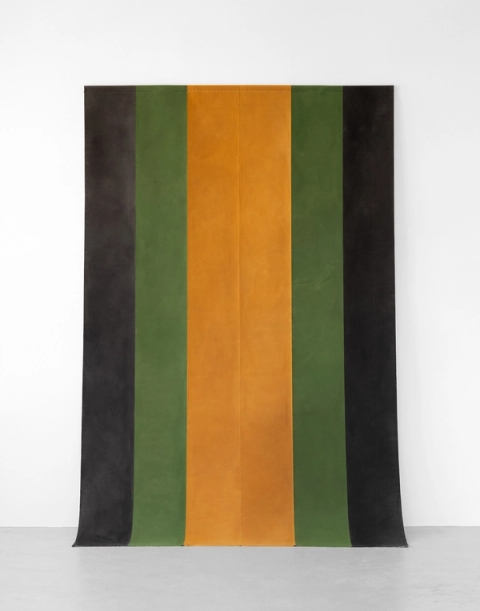
Inga Somdyala
Chronicle of a Death Foretold V, 2023Soil, ash, chalk, oxide on canvas
110.9 x 70.9 in. | 280 x 180 cm
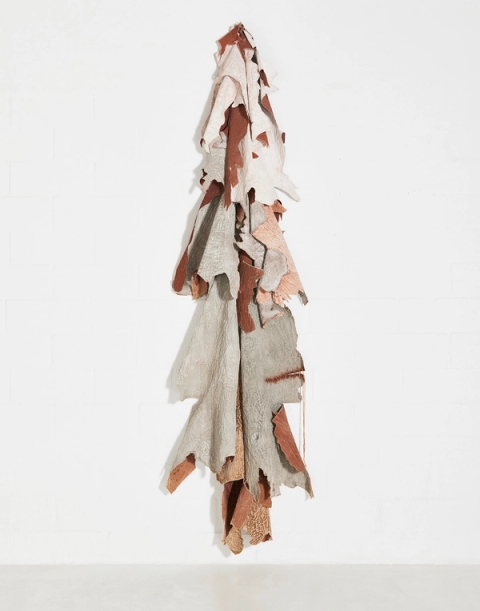
Inga Somdyala
Blood of the Lamb, 2024Soil, ochre, iron oxide, chalk, ash, merino and kid wool on canvas
133 x 34.6 in. | 338 x 88 cm (height variable)

Oluseye
Queen Sugar & King Cotton, 2022Antique vending machine, cotton, brown sugar
56 x 13 x 13 in. | 142.2 x 33 x 33 cm

Oluseye
Lady Soul, 2022Antique vending machine, black-eyed peas, synthetic hair, cassettes
78 x 13 x 13 in. | 198.1 x 33 x 33 cm
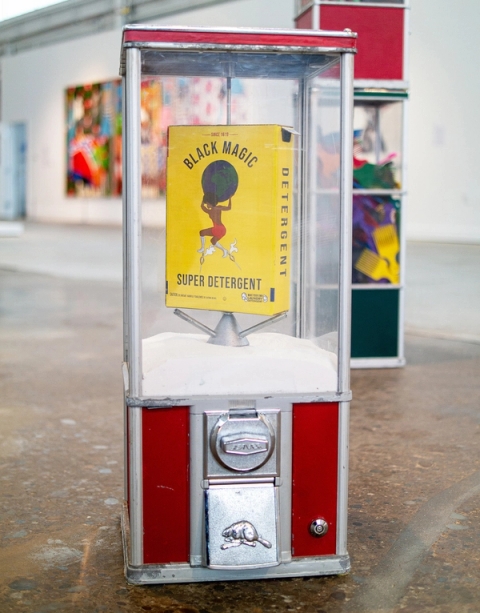
Oluseye
Black Magic, 2022Antique vending machine, Black Magic detergent
26 x 13 x 13 in. | 66 x 33 x 33 cm
Edition of 3 + 2AP

Moffat Takadiwa
Bhiro ne Bepa (pen and paper), 2023Pen parts, computer keys, toothbrushes
118.1 x 287.4 x 4.7 in. | 300 x 730 x 12 cm
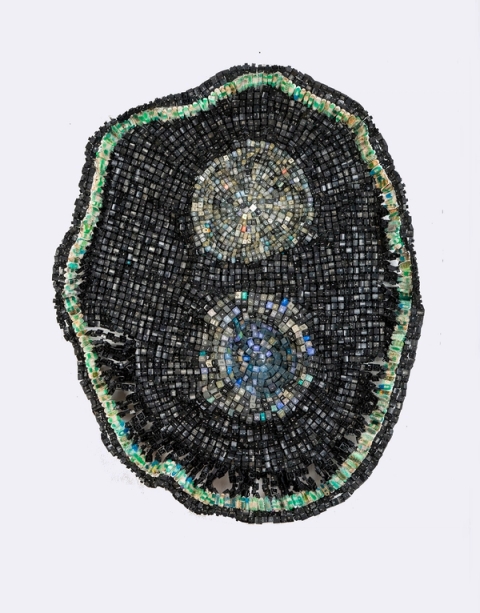
Moffat Takadiwa
Colonial Product 11, 2023Computer keys, toothbrushes
45.3 x 36.6 x 1.2 in. | 115 x 93 x 3 cm
Sold

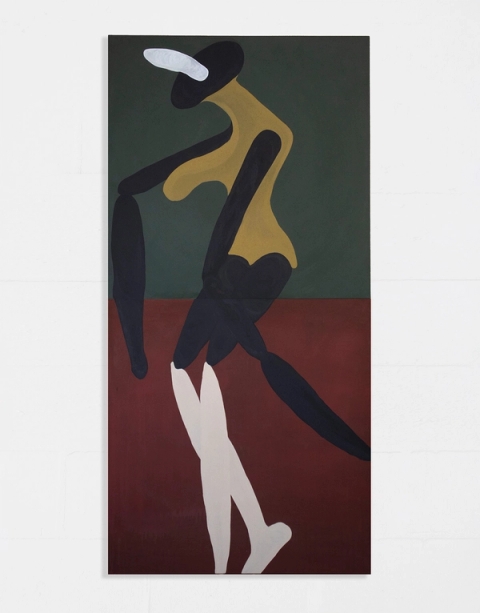

Lulama Wolf
Malambendile lintombi zoMlambo, 2024Acrylic, sand on canvas
31.5 x 31.5 in. | 80 x 80 cm
